Perseverance rover's Mars rock sample may contain best evidence of possible ancient life
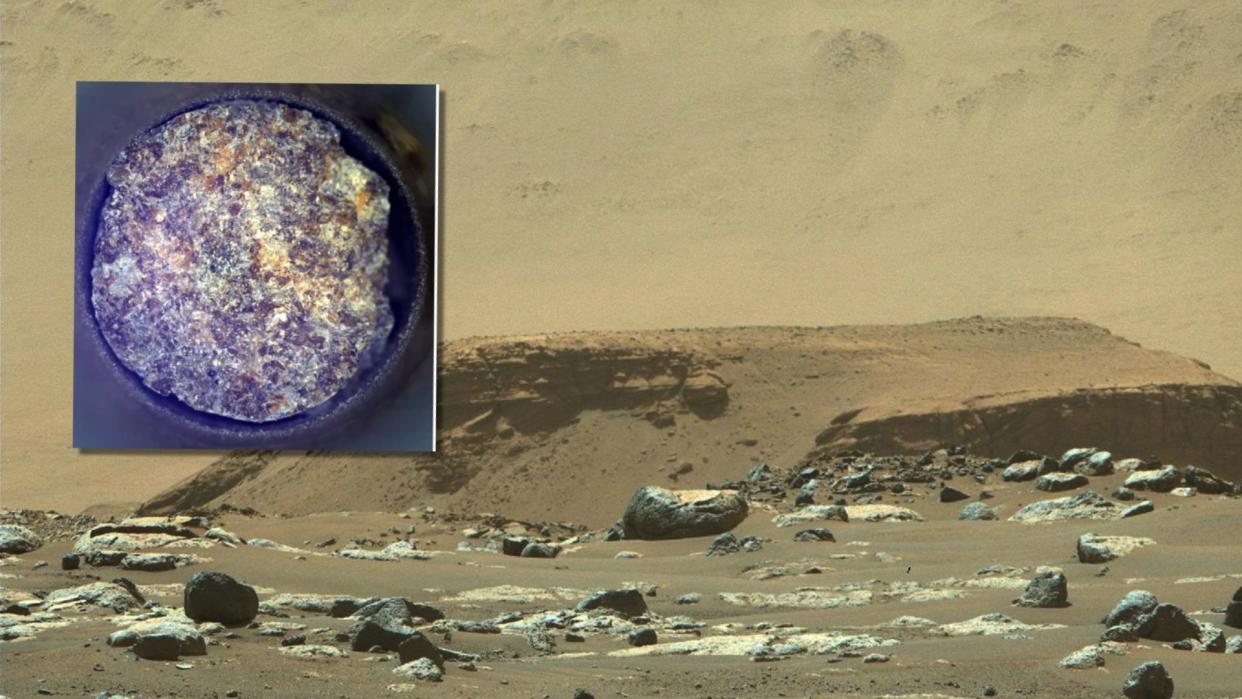
The lead scientist for NASA's Perseverance Mars rover is excited about material that has been stored in the rover's sample tubes, both dropped on the surface of Mars and contained within the rover itself while wheeling about within Jezero Crater.
Given the samples of Mars that Perseverance has collected so far, could one of those specimens be what the rover was sent to look for in the first place: evidence of past microbial life on the Red Planet?
The preliminary finding heightens the need for returning these Mars samples to Earth, so that these prized collectibles from the Red Planet can be sent to laboratories for more rigorous analysis.
Related: If life exists on Mars, don't count on sample-return missions to find it, scientists say
Lively question
Caltech's Kenneth Farley, project scientist for NASA's Perseverance Mars rover program, briefed the Extraterrestrial Materials Analysis Group (ExMAG) during a meeting held May 13–15 in Houston, Texas.
Tagged "Lefroy Bay," Farley called attention to this sample collected by the Perseverance rover, found to have hydrated silica. Here on Earth, that mineral has the highest potential to preserve signs of ancient life.
So a lively question wanting of an answer arises: Perhaps Lefroy Bay carries preserved signs of ancient life on Mars?
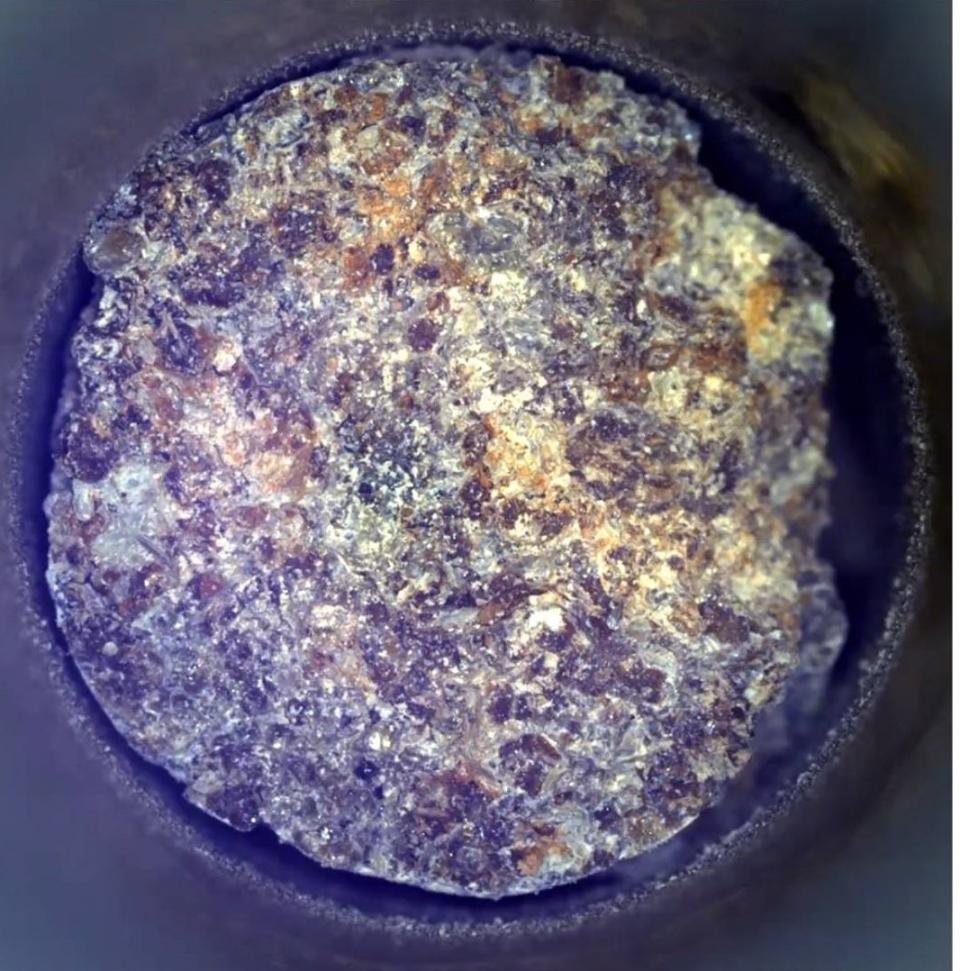
Paleoenvieonmental conditions
"The Lefroy Bay sample and two other samples from the same unit — the 'Margin Unit' — are onboard Perseverance," Farley told Space.com. "The Margin Unit samples have abundant carbonate and silica, clearly indicating a dominant role for liquid water in their formation," he said.
But whether that water was surface water in a lake or river, or groundwater, remains uncertain, Farley added. Either could constitute an ancient (greater than 3.4 billion years old), habitable Martian environment, he said.
These samples host phases that on Earth are very useful for establishing "paleoenvieonmental" conditions, Farley noted, and they can also preserve biosignatures. "As such these samples are uniquely important for return to Earth for further study," said Farley.
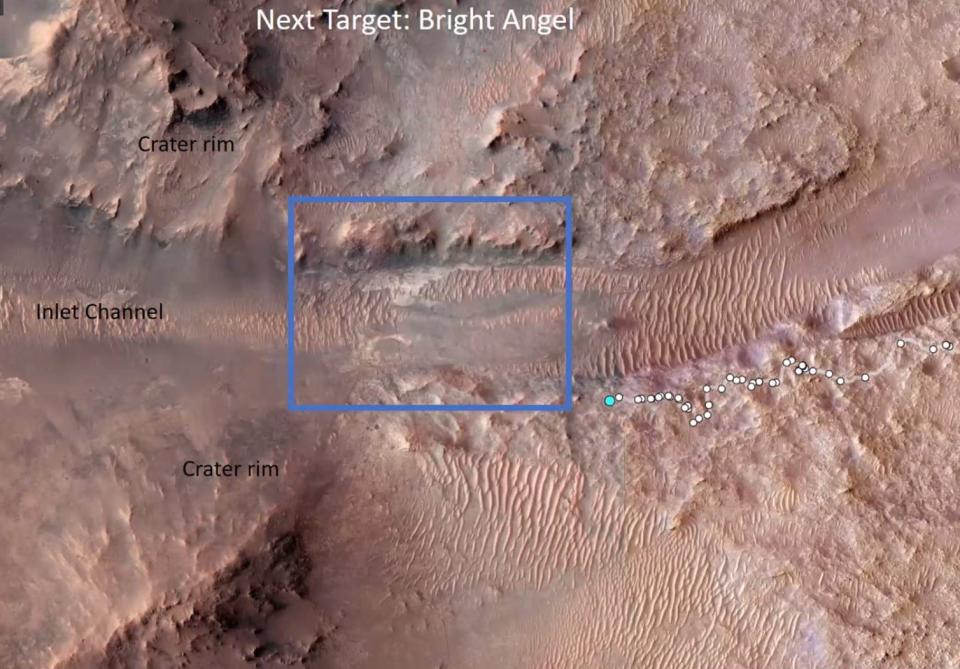
Objective: set in stone
Perseverance is "just about to make a really fundamental transition in the exploration of the environment that we have been working in," Farley explained in his briefing to the ExMAG. "One of the challenges we face," he said, "this is not a great terrain for driving a rover across."
So far, the Mars machinery has traversed some 17 miles (27 kilometers) after it was lowered to the area by skycrane on Feb. 18, 2021. The robot's objective is set in stone: "Seek signs of ancient life and collect samples of rock and regolith for possible Earth return," explains NASA.
But why was the 28 mile-wide (45-kilometer) Jezero Crater picked as the reconnoitering spot for the rover?
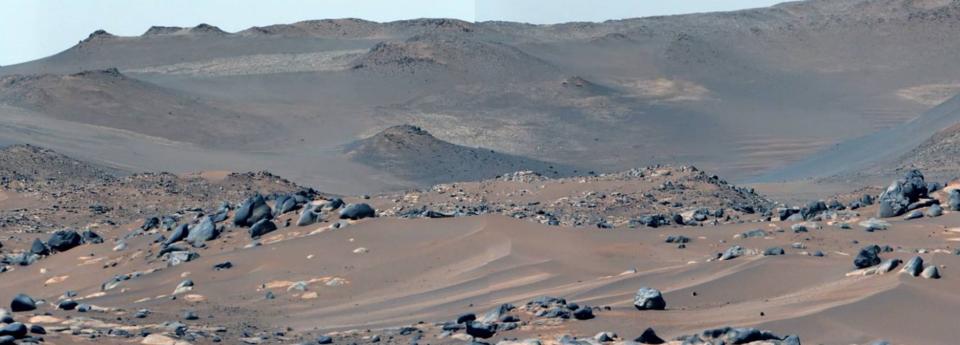
Scientists believe the area was once flooded with water and was home to an ancient river delta. The anticipation is that Jezero Crater is quite literally, "spilling" the beans about its on-again, off-again nature of the wet past of Mars. More than 3.5 billion years ago, river channels spilled over the crater wall and created a lake.
What's possible is that microbial life could have lived in Jezero during one or more of those wet periods. If true, evidence of leftovers from those little critters might be discovered in lakebed or shoreline sediments.
Rover challenges
As for the overall health of the Perseverance rover, Farley noted a couple of issues: For one, loss of wind sensors that are part of the Mars Environmental Dynamics Analyzer (MEDA), built by an international team led by Spain's Centro de Astrobiología. "We have largely lost the wind sensors. They are essentially not functioning anymore," he reported.
Also, the spectroscopy parts of the robotic arm-mounted Scanning Habitable Environments with Raman & Luminescence for Organics & Chemicals, SHERLOC for short, are challenged. That's due to a lens cover no longer working properly. However, there's some preliminary work done suggesting scientists may be able to recover SHERLOC's spectroscopy abilities. "We'll know more about that in the coming months," Farley said.
Three Forks depot
The rover was dispatched to Mars with 38 tubes that could be used for rock, regolith, and even atmospheric sampling. "We're about two-thirds of the way through the sample collection," explained Farley.
The on-duty robot has sampled igneous rocks, mudstone, sandstone/pebble conglomerate, carbonate-silica-olivine, as well as top side Mars sand and snagged a whiff of Martian atmosphere.
Earlier in its trekking of Mars, Perseverance dropped 10 sealed sample tubes at a depot location dubbed "Three Forks" in Jezero Crater. The intent is that a Mars Sample Return (MSR) mission in the future would pick up sample tubes for rocketing those bits and pieces of Mars to Earth.
However, that joint NASA and European Space Agency undertaking is now going through a detailed re-look due to a projected $11 billion price tag and an anticipated, but not satisfactory, time period to pull off such a complicated endeavor.
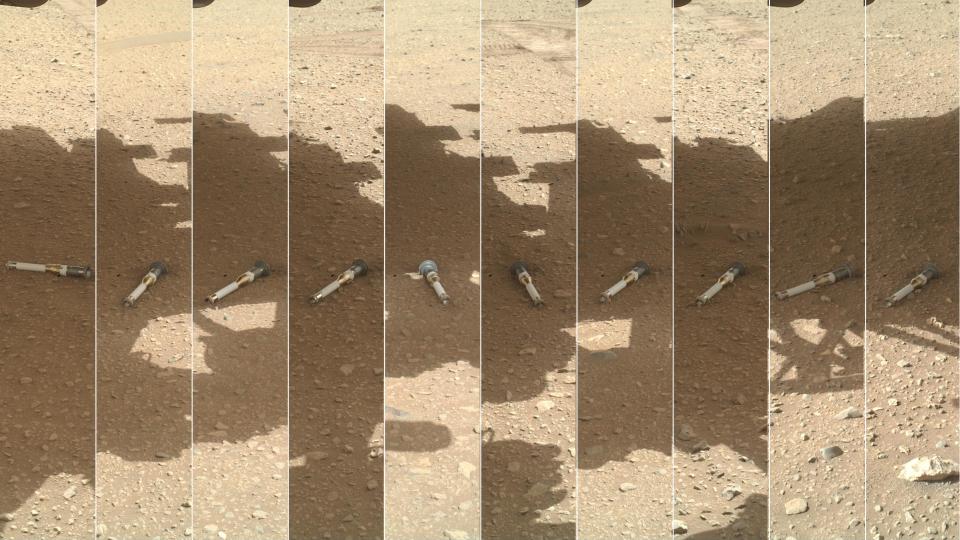
Stay the course
Farley told the ExMAG group that rover operators are working to qualify Perseverance to 55 miles (90 kilometers) of traverse, allowing it to make its way to enlivening landscape.
RELATED STORIES:
— Handle Mars with care: Guidelines needed for responsible Red Planet exploration, experts say
— How NASA's Ingenuity helicopter opened the Mars skies to exploration
— NASA, ESA join forces on life-hunting ExoMars rover
"There is obviously an enormous amount of uncertainty with what the MSR is going to be. We are waiting to hear how we are going to play a role in that on the Perseverance mission," Farley said. "But for now, we're going to stay the course. We are going to continue to behave essentially as we have so far, with a strong focus on sample collection."
Now in the rover's travel itinerary is completing tasks at an area called Bright Angel, then move up onto the crater rim, where the rover can survey fundamentally different geology, added Farley.
In ascending the rim, "we will expeditiously complete the sampling. The sooner we get the sampling done the sooner we can all rest easy … that we have done our job," said Farley.
What happens next for Perseverance is in TBD status.
"Maybe we will return to the crater floor to rendezvous with MSR, maybe we won't. It will depend on what actually happens with MSR," Farley concluded.
Editor's note: The original version of this story contained this sentence: "In reviewing the samples of Mars that Perseverance has collected, scientists say one tube appears to be packed with what the rover was looking for: evidence of past microbial life on the Red Planet." That is too strong a statement, however; the story was edited at 7:15 p.m. ET on May 20 to replace the above with the following: "Given the samples of Mars that Perseverance has collected so far, could one of those specimens be what the rover was sent to look for in the first place: evidence of past microbial life on the Red Planet?"

